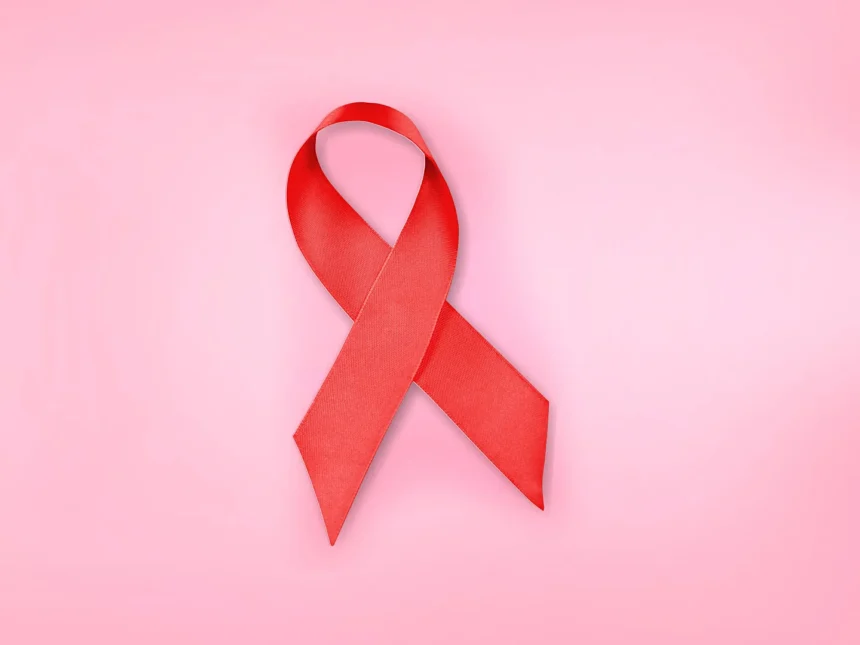Olusegun Ariyo
Available statistical evidence suggested that the cumulative number of estimated HIV infection worldwide stands at over 50million since the beginning of the pandemic across the globe, no continent has escape the virus and its prevalence varies among region and countries.
Within this context that Africa is home to nearly 70% of adult and 80% of children living with HIV in the world, and has buried three quarters of the more than 20million worldwide who have died of AIDS since the pandemic began” in other words, the pandemic has been the leading course of in the continents today, coursing one in five known cases of death especially woman who are disproportionately affected and infected. Empirical evidence from the continent indicates that 55% of the infected adult is women.
The devastating trend of the pandemics in sub-Sahara Africa call for concern. This is more so, when in other region of the world the pandemic has not yet become endemic in the general population. It has only been restricted to certain groups of the society such as the intervention drug user, commercial sex workers and homosexuals. As HIV enters its third calamitous decades, it has been spreading at alarming rates.
Many factors including poverty, illiteracy cultural practices human settlement condition and globalization are responsible for the wide spread of HIV/AIDS aside from the factors, perhaps, the fact that the pandemic is only spreading faster in female than the other counterparts but that is also spreading fast amongst youth is of great concern to environmentalist and other professionals.
One major factor responsible for the high spread of the pandemic is poverty aggravated by powerlessness. Poverty is a complex concept which is often discussed in wide range of context that include deficit of resources, lack of opportunities, lack of psychological human and social needs, lack of entitlements and deprivation.
Factors that influence poverty in urban areas vary from those found in rural areas urban people face high transportation cost, education, housing food, health and health care, and thus more dependent on income compared to their rural counterparts. It is worthy of note that the average income among-st urban adult in most developing countries including sub- Sahara Africa is less than two dollar per-day.
Thus, in a climate of economic deprivation, low per capital income and equal distribution of income, an alternative means of survival must be sought to eke out living. Invariably, indulgence in indiscriminate sex for monetary gains becomes prominent in the life styles among young women especially in urban area. At the same time, more than 70% of urban dwellers in slum Africa which Nigeria is no exception are living in extreme poverty with little or no access to basic infrastructure facilities.
They live in slum areas which are characterized by inadequacies in term in terms of available quality and quantity employment opportunities; housing; health care; shortage of community facilities; lack of open spaces; squalid environment and juxtapositioned houses.
The poor physical structure and environmental quality is associated with the poor people and poverty. Unemployment combined with weak social services, misguided policies and increasing disparities resulting from bad governance have in many cities resulted in a high degree of social exclusion. Which transmit into increased incidence of shelter poverty in particular, and social dysfunction associated with the spread of HIV/AIDS pandemic. In a situation where a housing neighborhood lacks recreational facilities perhaps the option of recreation of recreation available to youths living in such environment is indulgence is precocious sex.
In the contemporary world where there is increase in mobility and industrialization, cities are witnessing changes in their social and ethnic cultural make up. The liberalization of global trade and investment has brought about considerable movement of the people and the mixing of social-cultural behavior pattern. While this trend has contributed to the social capital and cultural diversity of cities it has also created more challenges in terms of rapid spreads of the pandemic. Trend in globalization indicates that migration have affected the spread of HIV/AIDS negatively.
Males’ moves from villages to cities to find work industrial enterprise such as mines, official road and dam building projects attract migrant labor. The resulting concentration of individual in urban areas due to labor migration in conjunction with the relaxation of social norms and the adoption of risk behavior could be considered an important factor in the spread of HIV/AIDS. The various policies and programmes of government that include a narrow focus on health aspect of the pandemic alone seemingly aggravate the spread.
AIDS has proven to be an extra ordinary kind of crises. It is not only a human crisis, it is a treat to sustainable goal, social and economic development. It therefore requires continuous effort and long-term strategies towards curbing the spread of the pandemic. Community empowerment strategy goes a long way in to curb the scourge and in this regards, traditional information, education and communication messages have been found to be use full way of leading appropriate behavior. Research has shown that true participation at family level and community level in analyzing their situation with respect to HIV/AIDS is a prerequisite to success in addressing aspect of the pandemic, including stigma and discrimination. Adaptations to sexual economic and social behavior to threat of HIV infection are better achieved by the people themselves and not by institution.
Olusegun Ariyo is a Physical Planner and journalist wrote via dudumania4life@yahoo.com.au








